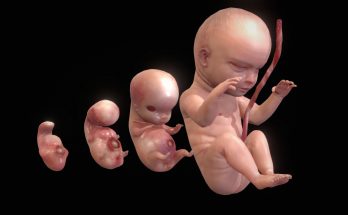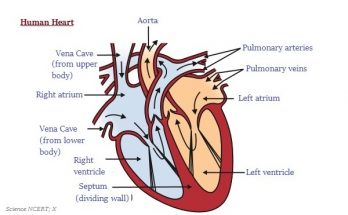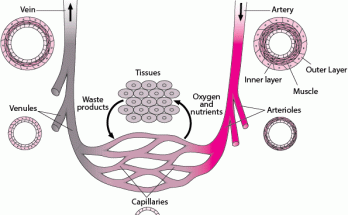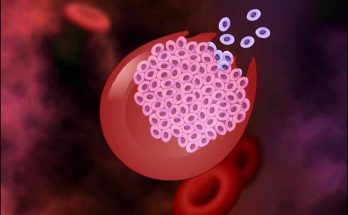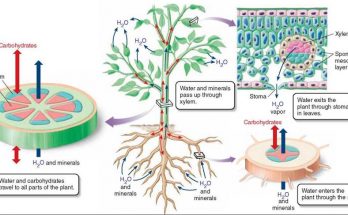
How are Water and Minerals Transported in Plants ?
Plants transport water and minerals through specialised structures called xylem and phloem. Xylem moves water and nutrients from the roots to the rest of the plant, while phloem transports sugars and other organic compounds produced during photosynthesis to the rest of the plant. This process is essential for plant growth and survival and is facilitated by a combination of physical and chemical mechanisms.
How are Water and Minerals Transported in Plants ? Read More
